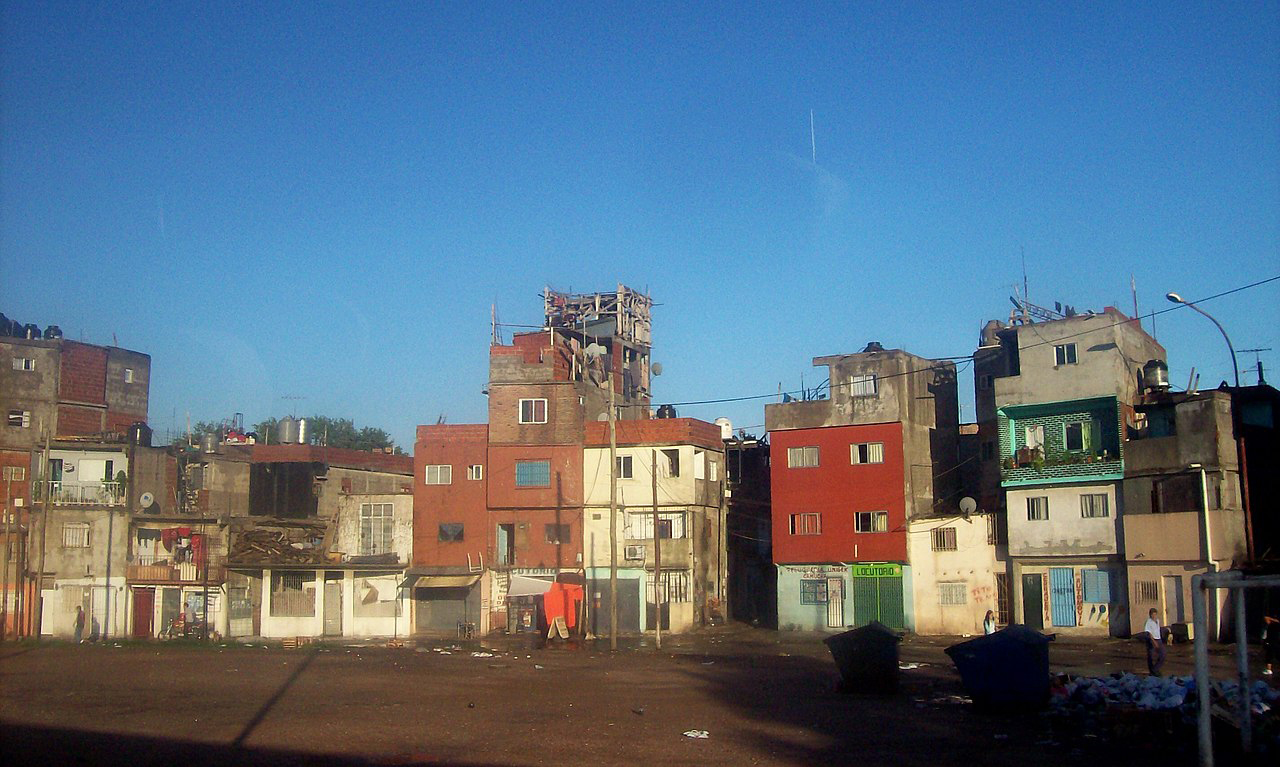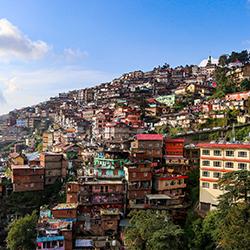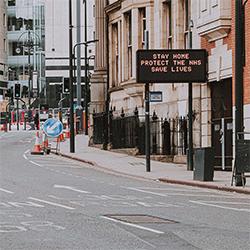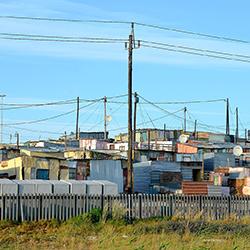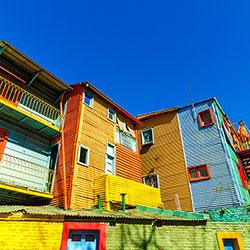Villa 20 is one of a number of informal settlements in Buenos Aires. As in many other cities around the world, authorities and inhabitants feared the spread of the corona virus in the informal settlements in the early days of the pandemic. Surprisingly, Villa 20 and some other villas stood out with a considerably slower spread and lower number of infected inhabitants.
The Observatory on Latin America (1) carried out an analysis of three villas and specific neighbourhood characteristics as part of the Mistra Urban Futures comparative work on city responses to Covid-19 (2). The study was carried out from October 2020 to January 2021, directed by Margarita Gutman and Michael Cohen. It builds on two previous reports, one of which about slum upgrading in Buenos Aires, the second on Villa 20 under covid-19. (3)
This study seeks to explain why some Buenos Aires slums were able to respond more effectively than others to Covid-19. Between March and October 2020, the governmental policies and the work of local organisations in Villa 20, Villa 15 and Villa 1-11-14 were followed closely.
In this sense, the case of Villa 20 stands out. The primary explanation, writes the OLA research group, seems to be that this villa had already a “participatory space”, the Technical Participatory RoundTable (MTGP) in which the key stakeholders were present. Hence, it was not necessary to create a specific Crisis Roundtable like in the other two informal neighbourhoods, where such spaces had to be specially created to coordinate the actions.
In districts where there was a previous investment of resources in joint and comprehensive work, there was also a shared history which increased confidence in the covid-19 strategy. Local organisations were encouraged to put aside political and ideological differences for the best of the territory which, in turn, facilitated the consensus needed to organise actions to face the pandemic.
Previous relations significant
The three villas all have their neighbourhood characteristics. It seems that the level of consolidation and depth of the previous working relations between the local government and the local organisations determined the particular response capacities. This was manifested in the speed of implementation of the mitigation actions developed during the pandemic. This difference resulted in a slower growth in the number of cases, which allowed time to gather information and organise interventions, especially in Villa 20, which had an advanced developing process.
This may explain why, despite having similar intervention strategies, the assistance policies worked better in some villas than in others. The fluid interaction between the local government and the organisations determined that the policies implemented had a greater scope and, ultimately, greater impact.
Therefore, the OLA research group concludes, the differences in the response capacity of the informal neighbourhoods depended on the consolidated previous relations.
Throughout this study the OLA team noticed how the actions developed by the Buenos Aires Ministry for human development and habitat (MDHyH) depended heavily on working together with the local organsations of the informal neighbourhoods. The existence of previous relations and community cohesion achieved through participation spaces, allowed a quicker and more effective organisation of the Covid-19 responses. These villas, in particular Villa 20, were able to mobilise more quickly than others to unexpected hazards and risks. This difference resulted in a slower growth in the number of cases, which allowed them to gather information and organize interventions.
Capacity to recognise and solve problems
The capacity to respond has been called “collective efficacy”, referring to the internal capacity of groups to recognise problems and to mobilise to find solutions and effective responses.
This study identifies three factors affecting the responses to the pandemic: the historical development of each of the neighbourhoods, the social conditions when the pandemic started, and the impact of policies and programs by national and municipal governmental institutions in interaction with local organizations. The OLA team outlines how each neighbourhood has its own story, reflecting its location in the city, its residents, their political identities, the impact of city government. Changing attitudes of public authorities to individual neighbourhoods and historical events were also discussed.
The team of researchers from Observatory on Latin America identified a range of challenges for the future based on the analyses and the conclusions.
Firstly, keeping and strengthening the relations with local organisations is crucial. Such relations are rarely equal in terms of responsibilities and rationales, which may cause conflicts unless dealt with at an early stage. The existing and consolidated “participatory space” in some Villas have been very useful for finding solutions. (4)
Secondly, maintaining the new participatory spaces created during the pandemic may be key to working with not only possible new waves of the Corona virus, but also to keep these spaces to consolidate differences between the most important stakeholders. The location of most Villas, on the boundaries of the City, demands comprehensive solutions, sometimes outside jurisdictional limits.
Finally, the OLA team points at the necessity to reduce inequalities and improve housing, access to labour markets, basic services and the health sectors and schools. This would address the inequities in health and social positions of the inhabitants of the villas.
Summary by Jan Riise
Photo: North entrance to Villa 31 in Buenos Aires. Picture by Roberto Fladone CC-BY-SA 3.0 wikimedia commons
(1) The Observatory on Latin America is part of New School in New York and was Mistra Urban Futures’ partner in Buenos Aires for the flagship comparative project on localization of the SDGs and the New Urban Agenda.
(2) As part of the "Consolidation year" funded by Sida, Mistra Urban Futures carried out a series of Covid-19 activities, including events and publications. The City of Buenos Aires presented its view on the Covid responses in a CITY symposium "Cities Coping with Covid-19".
(3) This work builds on two recent OLA research studies directed by Margarita Gutman and Michael Cohen. The first is Monitoring Processes and Outcomes in Slum Upgrading in Buenos Aires: Villa 20 (2018-2020) for the Instituto de Vivienda de la Ciudad (IVC) of Buenos Aires, coordinated by Ileana Versace and Lena Simet and included team members Carolina Maglioni, Julia Nesprias, Matias Ruiz Diaz, and Maria Belen Fodde. A second study, Villa 20 under COVID-19: March-August 2020, was coordinated by Matías Ruiz Diaz, and carried out by Carolina Maglioni, Maria Belen Fodde, Carolina Diaz, and Daniela Vago. The first two studies were carried out in close collaboration with Juan Maquieyra, Martin Motta, Florencia Almansi, and staff of the IVC.
(4) See also Smit, W., Simon, D., Durakovic, E., Dymitrow, M., Haysom, G., Hemström, K & Riise, J. (2021) ’The challenge of conflicting rationalities about urban development: experiences from Mistra Urban Futures' transdisciplinary urban research’. Trialog 137 Vol 2/2019, March 2021.
